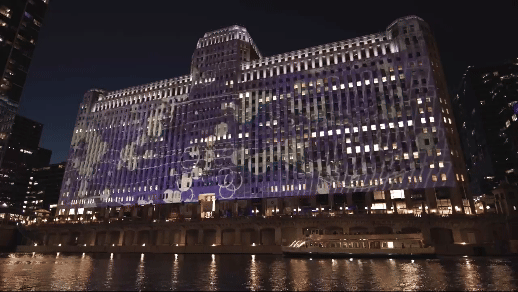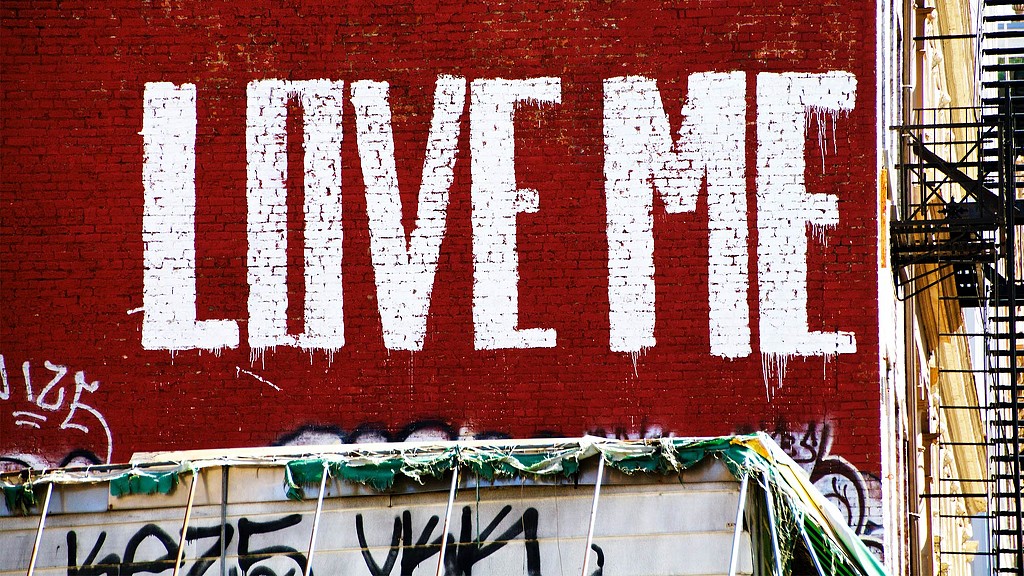Purpose of Place: Why Place Branding Matters
October 17, 2023 | By Tony Wilks
If you think of your favourite cities, towns, or districts in the world, there’s a reason why they’re your top choice. These places have a deep-rooted connection with the experiences we’ve had, and the people we experience them with; a collection of memories captured in our minds and on our camera rolls. These experiences and memories can sit on a sliding scale of enjoyment. We cherish the good but also remember the not so good.
Place brands are no different. “Place branding” — a strategic approach to brand, conceptualize, communicate, and foster an image or sense of place for a town, city, or region — can shape people’s perceptions about that place and drive its competitive identity. Think of a brand you dislike — what brought that about? And how about the brands you have a greater fondness for — why did they resonate with you? Whilst there’s no doubt brand marks for cities are vital to represent an ethos, positioning, perception, or lifestyle, they can only really connect with us on a superficial level.
Why is place branding important?
Beyond a city or town’s visual identity and communication campaign, a brand’s success is born out of the experience it brings, the promise it communicates, and how it connects with us on a personal level. Cities have generated icons and status symbols beyond a brand mark — think the yellow cab of New York, the London Underground roundel, or the recognisable architecture that dominates city skylines. Collectively, they represent the brand of a place and create an instant association or perception. However, whilst powerful, they lack the emotive connection we have with places, the sense of being part of a city or town, or the ability to make us feel the true characteristics of a place and feel connected to its communities.
The terms ‘brand experience’ and ‘engagement’ have been long overused, but in short, they represent a holistic set of perceptions a user has, both negative and positive. Whilst a city brand acts as a badge of promise, the experiences we have with the places we visit mould our view and give us a reason to return or not.
What makes a successful place brand?
So, is place branding important? Ultimately, yes. Brands for cities, towns, and districts are no different to the people that live in them. Each have their own personality, attributes, strengths, and weaknesses, and they stand for something. The key to successfully unlocking your brand is to communicate its story and celebrate the uniqueness that draws people in. Some are inherently inviting, yet others must work harder to stay authentic as opposed to trying to be everything to everyone. Cities still need a visual anchor or cue to represent their experiences, but it is vital to define how these cues engage people. The most successful brand marks are attached to emotion, building ideas around people, and inviting them in to instil a sense of pride in a place’s heritage and culture. They also work to tempt the global traveller or local resident to take part. They welcome you with open arms just as a friend would at an airport — this is your city to do as you wish.
This can manifest in various forms. It could be the regeneration of a neighbourhood and high street that can bring a variety of experiences and age groups together. More importantly, though, it should build a sense of community and pride in all it does, and be positioned so that existing brands and businesses feel connected, but potential investors can join in.
So, what’s new?
The methods of branding cities have changed somewhat over the last few decades. If we look back to the 70s when Milton Glaser first conceived an icon for New York City (the iconic “I Heart NY” logo, which he produced pro-bono as part of a marketing campaign for the state) in the back of a taxi, he only imagined it would last the period of three months. The applications of this extended to departmental campaigns for the New York State of Economic Development, along with the classic white T-shirt, which was sold to enhance local pride. Its reach was limited to conventional methods of advertising. Fast forward 50 years, and technology now enables immediate access to the experience of cities and the brands behind them, as they can be shared, liked, commented on, and posted. The success of place identity literally lies in the hands of its users and the experiences they have.
So, what’s the future of place branding?
From attracting global commerce and investment, to enticing the world’s best talent and creating reputations in certain sectors — fintech, digital, and creative, for example — cities and towns are constantly competing on multiple levels. With shrinking trade barriers, innovations in travel, and the rise of technology, the world is getting smaller whilst becoming hyper connected. Cities, businesses, and brands are becoming ever more borderless. The rise in population, changes in consumer behaviours and habits, and the desire to work and play in key cities across the world will also bring constant change in the types of experiences a city offers.
Cities and towns will still have to position themselves as a ‘must visit.’ With that, place branding will rapidly evolve to be more dynamic and flexible in how they manifest, to invite visitors and residents to shape it literally and physically in an open-source format, sharing personal experiences and memories with the world. Above all, places are for people. Whilst brand plays a role in drawing them in, it’s the communities and place experiences that ensure memories are retained.
Considering all these factors will be fundamental to shape place branding in a way that celebrates human traits and characteristics. As designers, we must articulate our ambition to create powerful stories that can be told to others. Place branding is a powerful medium to bring people on our journeys with us and make them feel connected. Therefore, it is important we tell the story of a place in an authentic way and celebrate its location, culture, history, community, and future ambitions.

For media inquiries, email .

